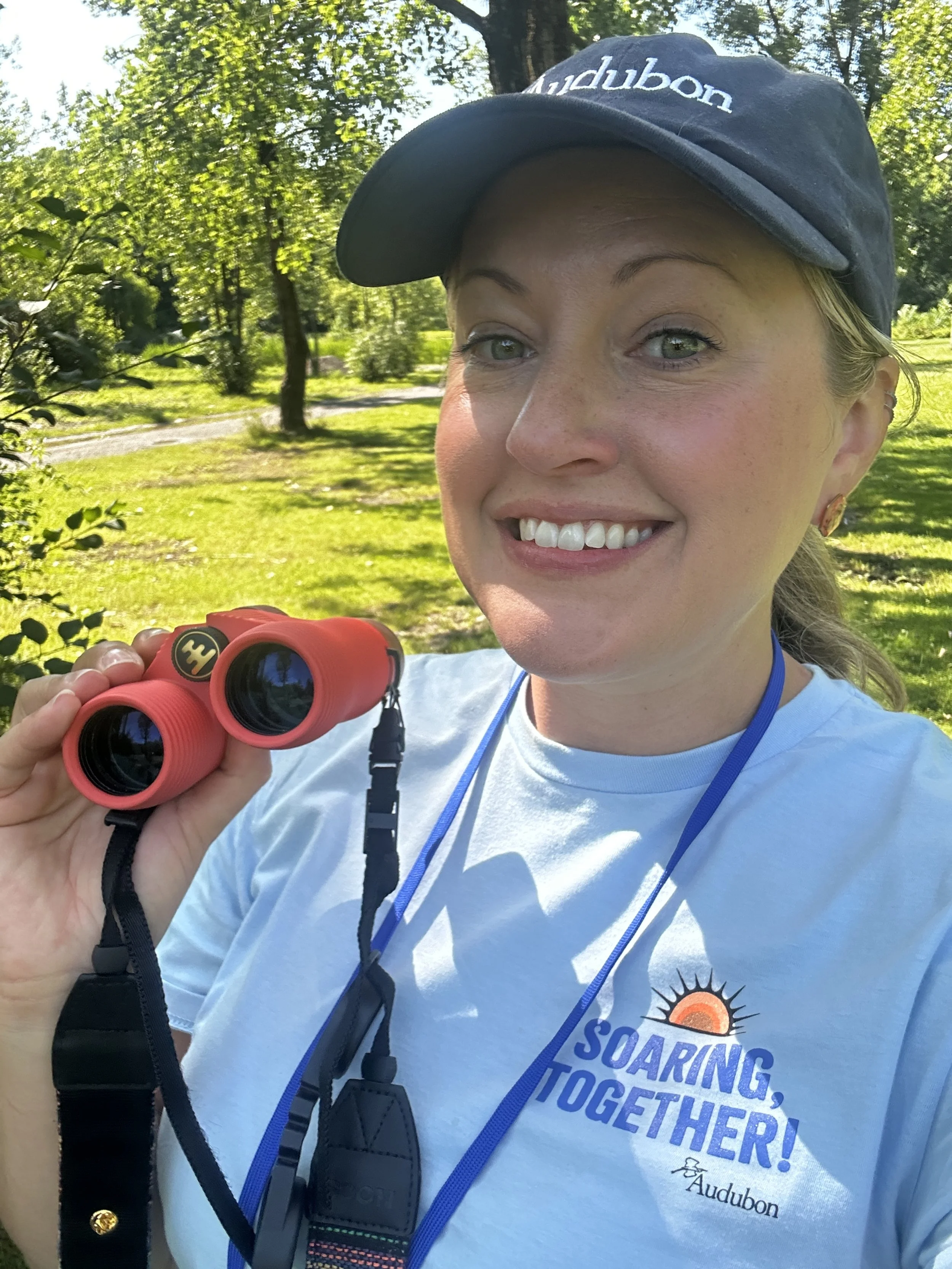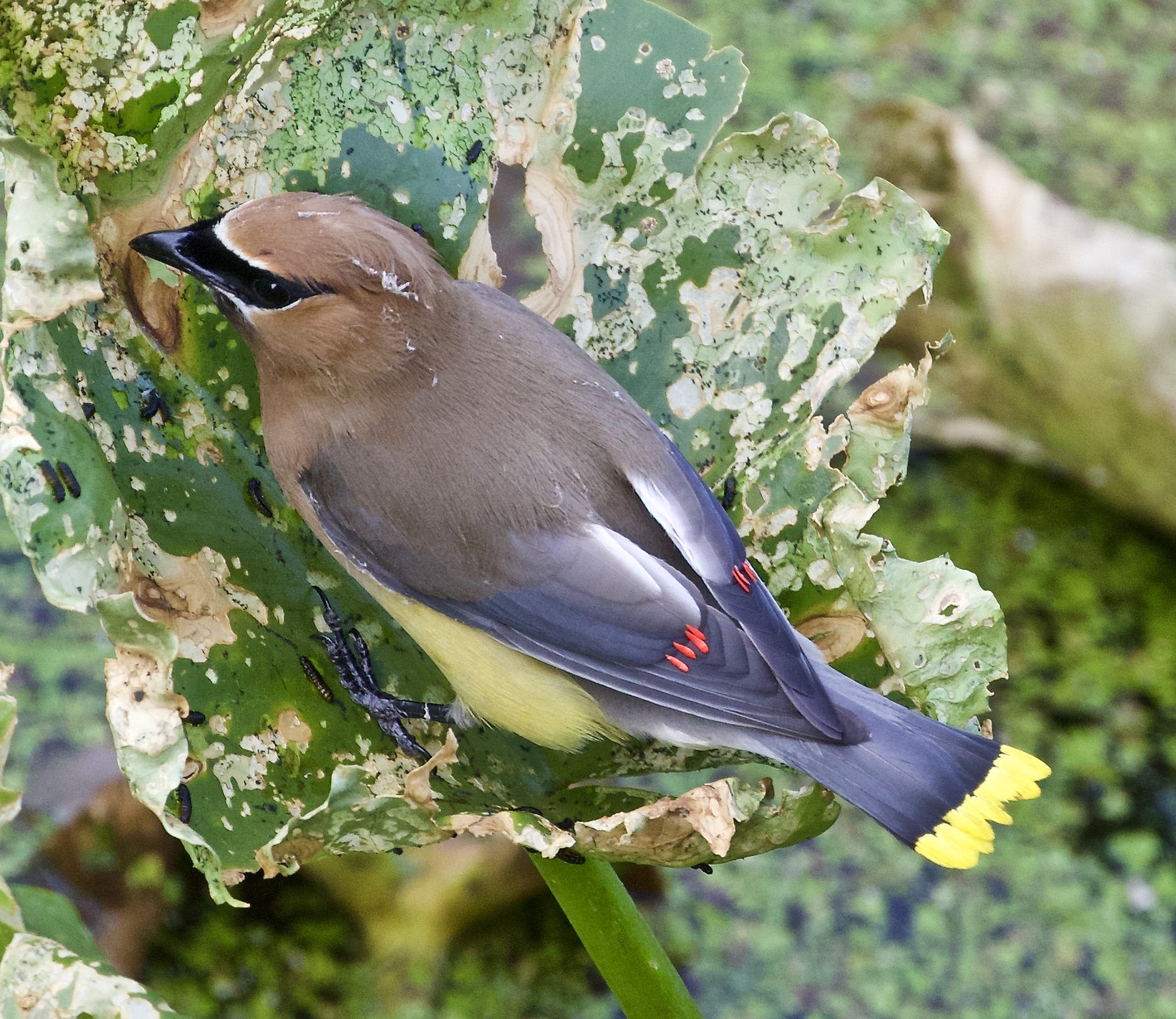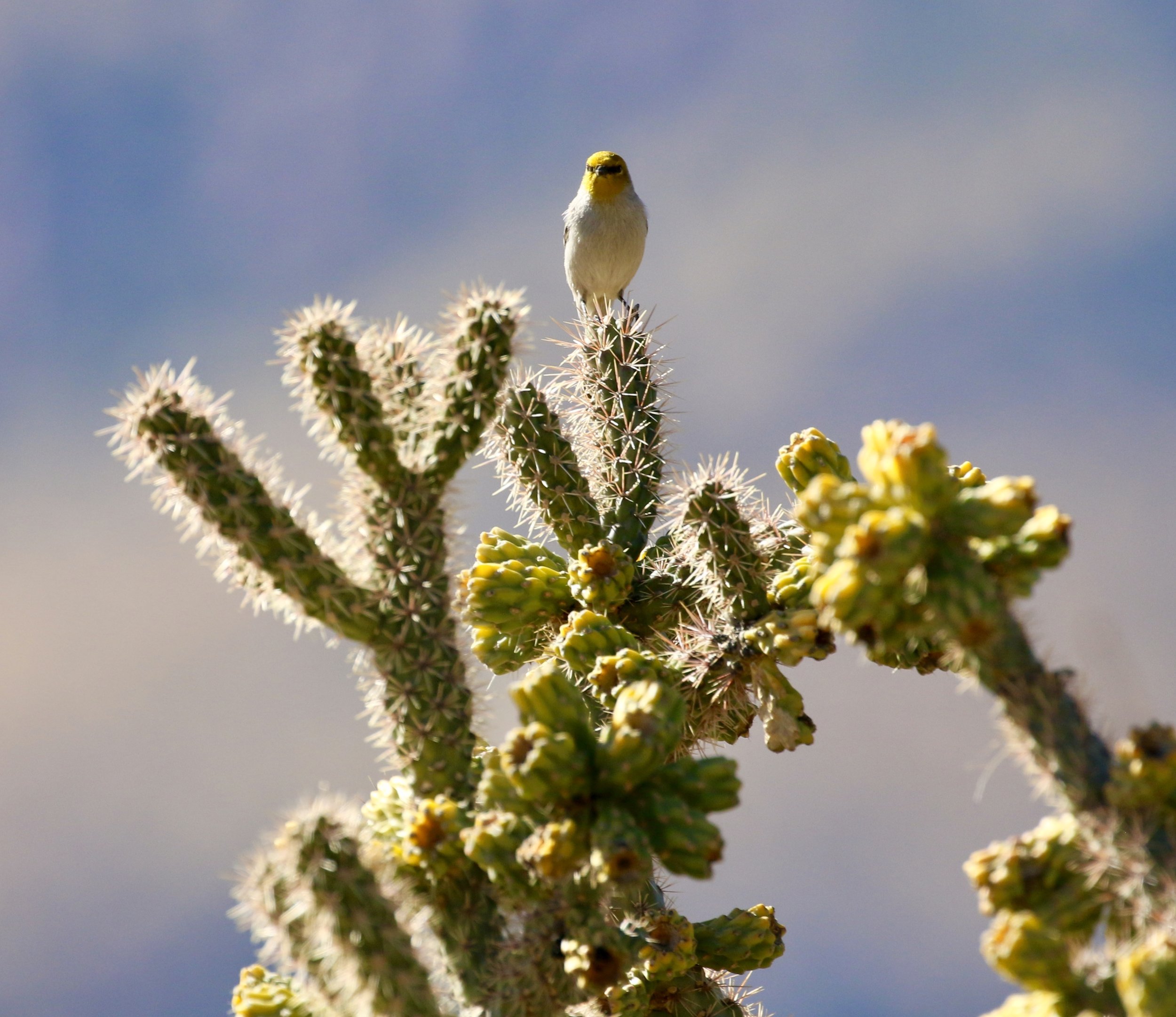
Photo Ahimsa -Mindful Birdwatching
Photo Ahimsa
By Jim Green
“Do not say that I'll depart tomorrow
because even today I still arrive.
Look at me: I arrive in every second
to be a bud on a spring branch,
to be a tiny bird whose wings are still fragile,
learning to sing in my new nest,
to be a caterpillar in the heart of a flower,
to be a jewel hiding itself in a stone.”
—Thich Nhat Hanh[i], Engaged Buddhist
The alarming threat of ecocide[ii] caused by the loss of bird habitat around the world has motivated us to promote mindful birdwatching, inspiring us to write Photo Ahimsa. We aim to share this book with the Mindful Birding Network, family, friends, and others in our community who are concerned about the alarming destruction of our Avian environment.
This book is collaboratively written by our Green family members—Jim, Dedrie, Peter, Hilda, Emily, Ella, James, and Hugo—under the pseudonym ‘Green Imagery’. Jim provided the text; the other members were active birdwatchers, photographers, editors and hangers-on!
Members of the family have always loved birds; most were never serious birdwatchers but have always tagged along for a walk in the bush, spotting and identifying birds and helping to get good photographs.
Jim was the odd person out. He hunted in his childhood and teenage years, shooting birds in Africa and collecting trophies. His bedroom wall was festooned with colourful, patterned wings of many birds that met their premature end from a lead air rifle pellet. It was a hobby many boys of his age indulged in. There was intense competition among the boys as to who had the most exotic hits. Most boys in Africa in the 1950s and 1960s read books about hunting and played games about shooting animals such as elephants, lions, and gorillas.
Like St. Paul on the Damascus Road, Jim then had an epiphany along the way, converting to collecting trophies by camera. He began capturing images of wildlife, and he left creatures that fly, creep, crawl, walk, and run to continue sharing their lives with others. He became an amateur wildlife photographer after the family migrated to Australia in 1987.
What was behind Jim’s epiphany?
Jim was not averse to hunting birds until he shot a Guinea fowl (fig.1) for dinner in the Eastern Transvaal, just before migrating to Australia. Peter and Hilda tearfully asked, when seeing the lifeless, bloodied bird in his hand, ‘How could you eat such a lovely bird, so inquisitive and smart?’. He vowed never to hunt with a rifle again— ‘It would only be with a camera from now on’, he said.
Now we have albums full of photos that tell stories of wildlife and avian encounters in Africa, Australia and Europe. Nowadays, our cameras accompany us on walks in the countryside and visits to national parks, botanical gardens, and other green spaces. During our walks, we knowingly and unknowingly practise a form of ‘mindful’ birdwatching, called Photo Ahimsa. The only ‘projectiles’ we use are the photons that mark the ‘viscera’ of our cameras.
We coined the word Photo Ahimsa to describe our ‘mindful’ birdwatching practice, which included taking photographs. The popular practice of ‘mindfulness’ means different things to different people. Kabat-Zinn[iii], a professor of psychology, describes the ‘mindfulness’ experience as a ‘richness of present-moment experience…the richness of life itself.’ Mindful birdwatching is that for us—an enriching experience; our lives are enriched in that moment when we connect with avian lives!
The word Ahimsa[iv] in Photo Ahimsa, means ‘non-violence’. Ram Ponnu[v], a Hindu teacher, explains the meaning of the word:
Ahimsa is derived from the Sanskrit verb root san, which means to kill. The form hims means "desirous to kill"; the prefix a- is a negation. So, a-himsa means literally "lacking any desire to kill".
The practice of Ahimsa is non-violence towards all living beings and the environment. It doesn't mean the absence of killing. Nature operates within a lifecycle where predators and prey coexist, with predators killing to survive, not for the sake of killing. As an example, butcherbirds eat lizards, which in turn eat insects that feed on plants that consume other nutrients. The predators and prey kill to live, not for fun or sport.
It's nearly impossible to avoid stepping on ants or flailing at mosquitoes while birdwatching. But let's get this straight: if you're watching a bird to shoot it, you're practising Himsa. Jim knows. He still suffers from a mild form of PTSD when he remembers his bird hunting days.
Taking a photograph of a bird is Photo Ahimsa. This mindful practice requires your full attention and best practice stalking skills, because one false move and that bird will fly.
To read more of this chapter, please see “Books” on our website or connect with us for the author’s contact info.

Mindful Birding in Montreal
Mindful Birding in Montreal by Amanda Booher
Two years ago, I knew I needed to focus on my mental health through an awareness of depression, anxiety, and overwhelm. I began practicing yoga regularly and after each class, I left feeling lighter. I was hooked and I wanted to share this feeling and experience with others, but I never wanted to be a yoga teacher.
What has always resonated with me, was the the guidance to let go of my thoughts and be present with myself, and I wanted to share that with others. I got my MBSR (Mindfulness Based Stress Reduction) certification and a month later I met Barbara Patterson.
In 2023, I attended the Audubon Leadership Conference in Estes Park and flocked to the owl species printout on the wall during an icebreaker where I met Barbara from the Mindful Birding Network. She might not remember this, but we connected over the ice-breaker session and had a short laugh and chat. Later that evening, we were excited to greet each other again at dinner and she specifically invited me to her Mindful Birding session despite not having registered for it. I was in.
My first sit spot was nestled under a tree along the Big Thompson River. Having been a little insecure in my birding capabilities, I learned that species identification didn’t matter! What!? Wasn’t that the point of birding? But this was mindful birding, and we were instructed by Barbara to practice layered observation and layered listening. While I didn’t see many birds, I did enjoy the flow of the stream going by, and the playful squirrel getting curious and maybe a little too comfortable with my presence. I felt the Earth with my fingertips and gently touched the tree behind me.
This moment changed everything for me. I learned about the background and history of mindful birding, listened to the podcast, cruised their website, and obtained resources that would help me learn about this practice. When I got back from Colorado, I insisted to my supervisor that we had change my performance goals for the year, I needed to guide mindful birding and provide the same type of opportunity I experienced in Estes Park, to others. I went on to host 14 sessions and reached over 150 people through this practice.
This brings me 2025, where I got to lead the Mindful Birding Field Trip in Montreal, Canada during the Audubon Leadership Conference. It was our first full day of the conference, people were excited to be in there, our attendees loaded on a bus, and we were off to L’Angrignon Park. Excitement came over me to be in this this incredible park, with like-minded people from our birding community, and the realization that they chose to experience Mindful Birding. I caught my breath. We did our introductions, formed connections with nature moments in a circle, and welcomed each other to the space. Our group had individuals from all over the United States, Indigenous Community members who served in various conservation roles, and attendees from South America and different parts of Canada. To say this was the most diverse group I had the privilege to lead is an understatement.
The setting was in a green adorned park with scattered trees, shrubs, and wetlands. A tern greeted us, and excitement was building. Then we sat and observed. Participants were guided to look in the distance for movement in the sky, in the middle ground for a possible flutter mixed within the leaves, and to look closely and get curious to the ground and plants around them. We paused. We were present. We heard laughter of children from a field trip nearby and calls from birds letting us know they were there. And just when we were completing our sit spit and regathering, we were gifted with the takeoff of a Great Blue Heron that only some had previously noticed from their sit spot. The joy was contagious, and we gathered to share what we we noticed and- a common theme was shared in noticing of the bumble bees digging in pollen.
Many shared that this was the calmest and best they have felt in months. The practice was complete and in shared unity, we connected and created a space of calm and further appreciation of our natural surroundings, and I continue to be in awe of what Mindful Birding can bring.

Winged Mystery
Winged Mystery
by Kai Siedenburg, author of the Poems of Earth and Spirit series
Today, a lovely yet unfamiliar voice
creates ripples in the stillness
of the morning.
The elegant, fluting call,
spiraling gracefully up and down,
is as near as the plants
outside my window
and yet utterly foreign.
I haven’t seen his face;
don’t know his name—
I know nothing about him
but the sound of his voice,
yet already he has
stirred my imagination
and captured my heart
with his enchanting song.
Who is he—
this winged man of mystery?
What does he look like?
Where did he come from?
And why now, after all these years?
There is so much I want to know.
For now, I have
the beauty of his song,
and the beauty of the mystery—
and that is more than enough.

The Birder and the Bird
The Birder and the Bird
by Kai Siedenburg, author of the Poems of Earth and Spirit series
If we want to know
about birds,
we are taught
to label, categorize, count,
to capture these winged ones
with a few words or numbers,
reduce them to a few marks
on a page.
But what does that teach us
about the essence of bird-ness—
the wild beating of wings,
the unbounded freedom of flight,
the song that must be sung—
even if no one is listening?

A Small Brush with Greatness
A Small Brush with Greatness
by Kai Siedenburg
I had to wait
more than 50 years,
but it finally happened…
a wild bird landed on me—
or more precisely,
on the edge of my journal—
but since that journal
was on my lap,
and I had been writing in it
for most of the morning,
it felt like a part of me.
And when the pine siskin
swooped down from a nearby redwood,
landed on my journal,
and fixed me with his intense little gaze,
his bright black eyes
were only a foot away
from my brown ones.
So close!
So close!
Although he was small in stature
(no more than five inches
from head to tail),
he was a powerful presence,
a force of nature,
and I knew in my bones
that I had experienced
a brush with greatness.

Blue Joy
Blue Joy
by Jo Koumouitzes
In Tobago’s lush embrace,
the blue-backed manakins sat,
chirping jewels on a branch,
wrapped in nature's chat.
The rustle of palms grew still,
the trade winds hushed their tune;
sunlight spilled like honey,
soft gold in afternoon.
Joy tiptoed through the forest,
barefoot, light as air;
in this Caribbean haven,
peace settled everywhere.
No need for songs of plenty,
no need for bright display—
just presence in Tobago,
where wonder meets the day.

The Quiet Thrill of Winter Birding
Written by Dr. Barbara Patterson
Some people think of birding as a warm-weather activity, but winter offers unique opportunities, especially in the Rocky Mountains, where both endemic species and northern migrants can be found. Winter is a great time for beginners to dive into birding. Here’s why: ducks show off their stunning winter plumage compared to the colorful songbirds that show off more in spring. With bare trees and shrubs, birds become easier to see. Birds form flocks to search for food, stay warm, and protect themselves from other hungry birds. Some species are only present in Colorado during winter as they migrate from Alaska and Canada.
Incorporating birding into winter activities like snowshoeing or skiing enhances the experience, allowing you to connect with nature differently. Plus, birding encourages mindfulness since being fully present is crucial in noticing the sights and sounds of these winter visitors. It's a beautiful way to appreciate the natural world year-round.
Mindful birding combines the calming effects of mindfulness with the joy of observing birds, creating an enriching outdoor experience. The Fort Collins Audubon Society received an Audubon In Action Grant this year to train others in hosting mindful birding experiences that welcome everyone. The health benefits of this practice include lower blood pressure, reduced cortisol (the stress hormone), increased vitamin D, and exposure to phytoncides from trees, which boost the body's NK (natural killer) cells. Best of all, the simple joy of watching birds can be experienced anywhere—from your backyard, kitchen window, or out in the field—making birding accessible to everyone, even in winter!
Last month, the Fort Collins Audubon Society, Audubon Rockies, and Bird Conservancy of the Rockies hosted the Mindful Birding Project at Barr Lake State Park in Brighton. It was a beautiful day, and bird enthusiasts from three states and various organizations, including multiple Audubon chapters, came together. One of the highlights was spotting a family of barn owls (Photo: Meg Kast). This workshop kicked off a series of six programs designed to teach participants how to lead mindful birding programs in an inclusive and accessible way. Three national online seminars will occur in January and February 2025. In-person workshops are scheduled for March 22 in San Francisco and April 19 in Philadelphia. We are excited to share this practice with others.

How to Host a Mindful Birding Poetry Walk by Judi Mae Huck
In February this year, I had the privilege of co-hosting a mindful birding poetry walk with Red Rock Audubon staff member Morrigan DeVito. During Poetry Month, I presented about my work with Eco Artists Dialogue.
This month, in honor of Asian American Pacific Islander Heritage celebrations, I give a few tips for hosting a walk of your own, sharing some of what we learned at our Henderson Bird Viewing Preserve event, featuring the poetry of Du Fu.
Our planning schedule was as follows:

"Lost Voices, a Haiku Poem"
by Calli Mulligan
First language, first music
Our Earth ever heard
The voices of birds
Waves of sound, Carrying,
Traveling, heralding
Life's expansion of emotion
Human ancestors
Heard you, did they envy you?
Did they long for your song?
Nature's slow clock
Ticking, tinkering, misty hands
Of Evolution
A forest, rustling leaves,
Your songs, are quietude
For anxious souls
Ancient symphonies
Now overwhelmed, dissonance
Human cacophony
Our kin of the feathers
Vanishing too fast, lost voices
Distorted weather
The myth of Cassandra
Condemned to speak truth
But never to be believed
Feathers speak honestly
Prophecy, Augury
Ourselves, we deceive

Avian Synchronicity My Life with Birds. by Calli Mulligan
Avian Synchronicity: My Life with Birds
By Calli Mulligan
Cedar Waxwing Image by Holly Merker

Fear of Missing Out
I've been told for many, many years that I should visit this festival, this spot in particular because it's a stopping point for birds as they reach the Great Lakes during migration. There are gobs of birds, of every kind, especially warblers. That means there are also gobs of birders.
I'll admit I was excited, there's a lot of hype about this spot and I was keen to get my eyes on a warbler or two - maybe even someone new. But I was also overwhelmed.


The Healing Power of Nature
Image of a young White Ibis on a defoliated tree
by Robin Fidler
Read Robin Fidler’s “The Healing Power of Nature”
A blog of resiliency - of health and nature- after storms in life, and on the beautiful island of Sanibel, Florida

Birding and Being by Faraaz Abdool
Red-and-green Macaw picks the flowers of a mountain immortelle to drink the water collected inside. If we were concerned about only the species or the photograph, the relationship between bird and tree would easily slip past our senses. - Faraaz Abdool
Birding and Being by Faraaz Abdool

Mindful Birding - A Conversation
Mindful Birding - A Conversation with Holly Merker and Dr. Joe Blanda
